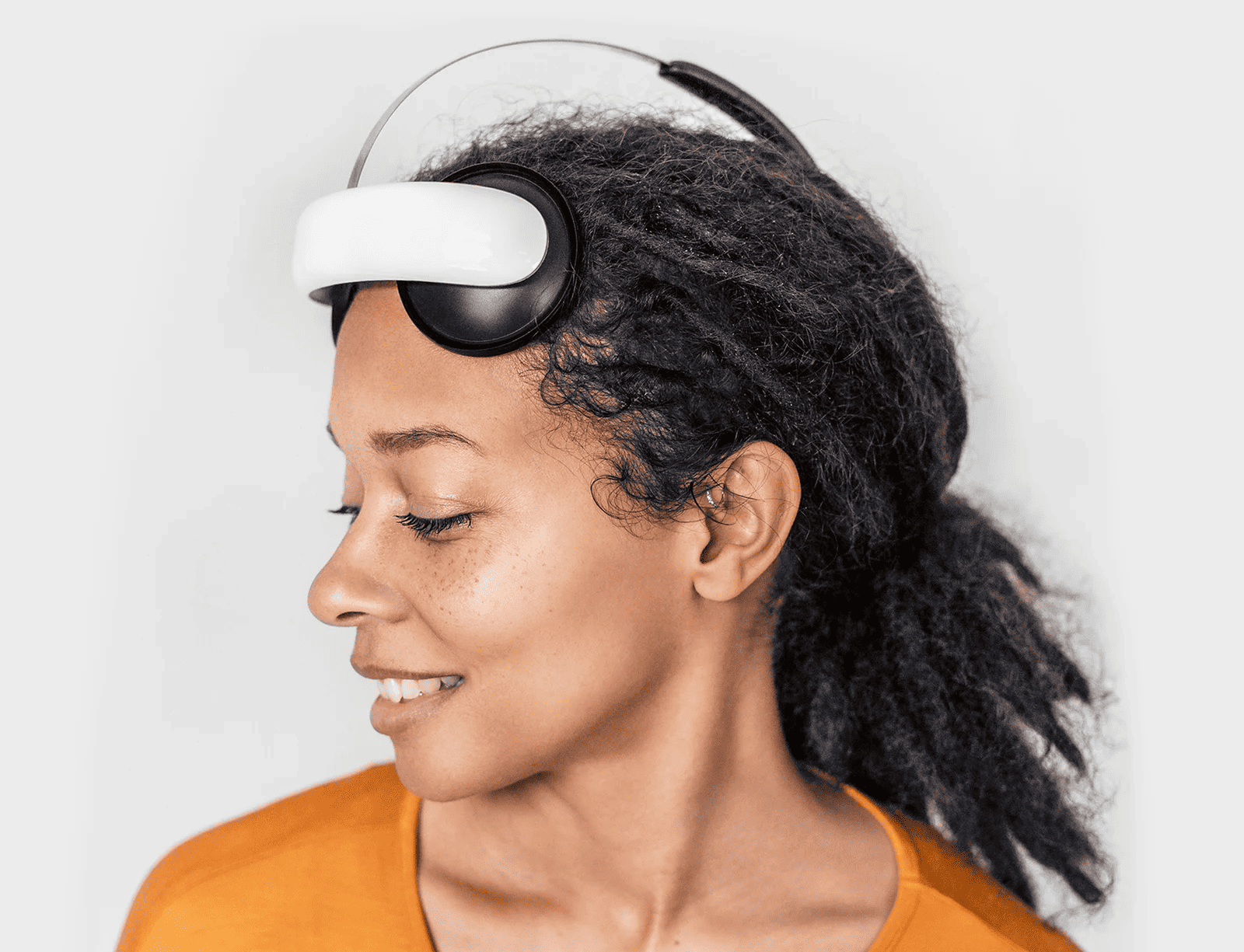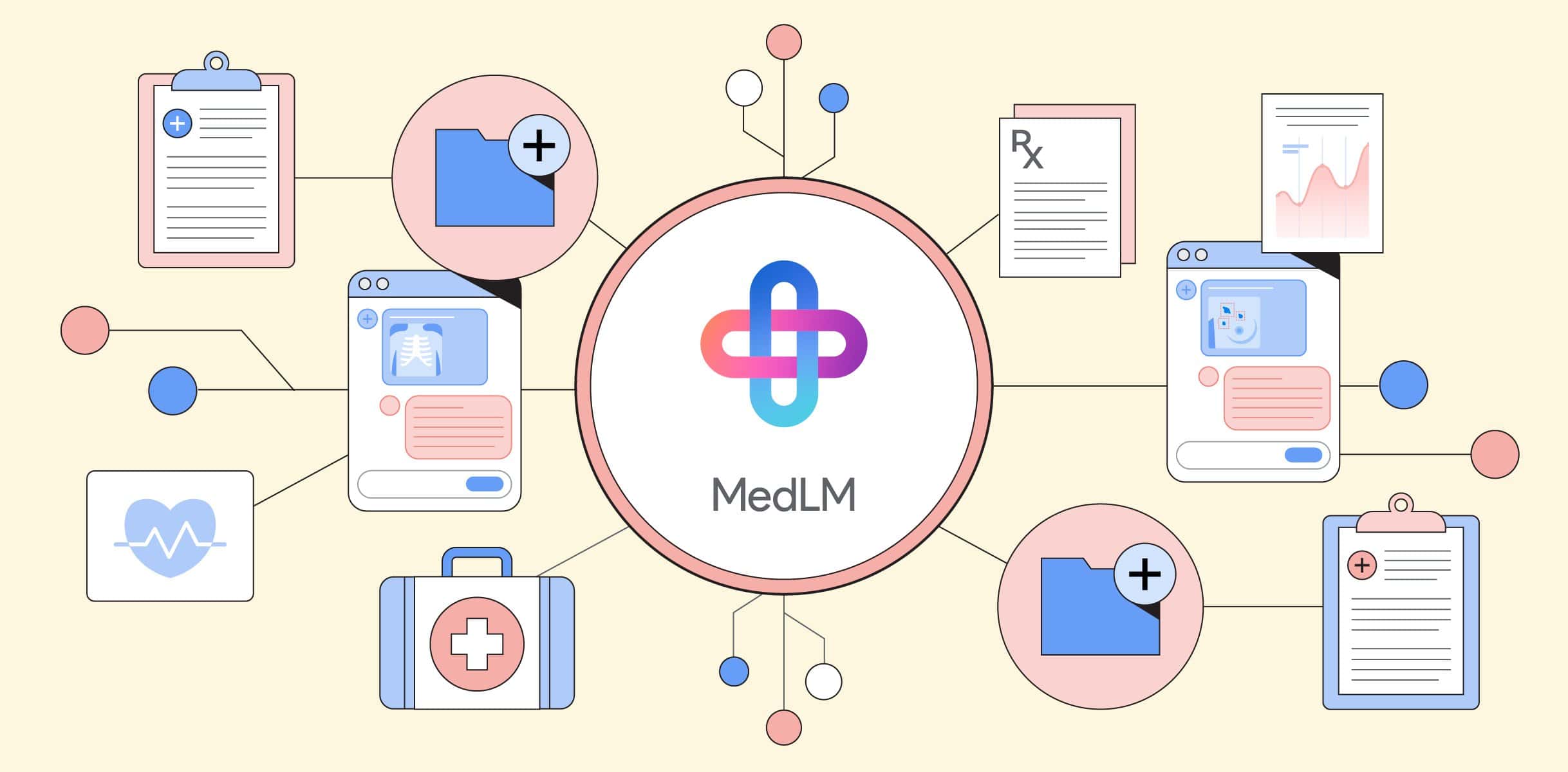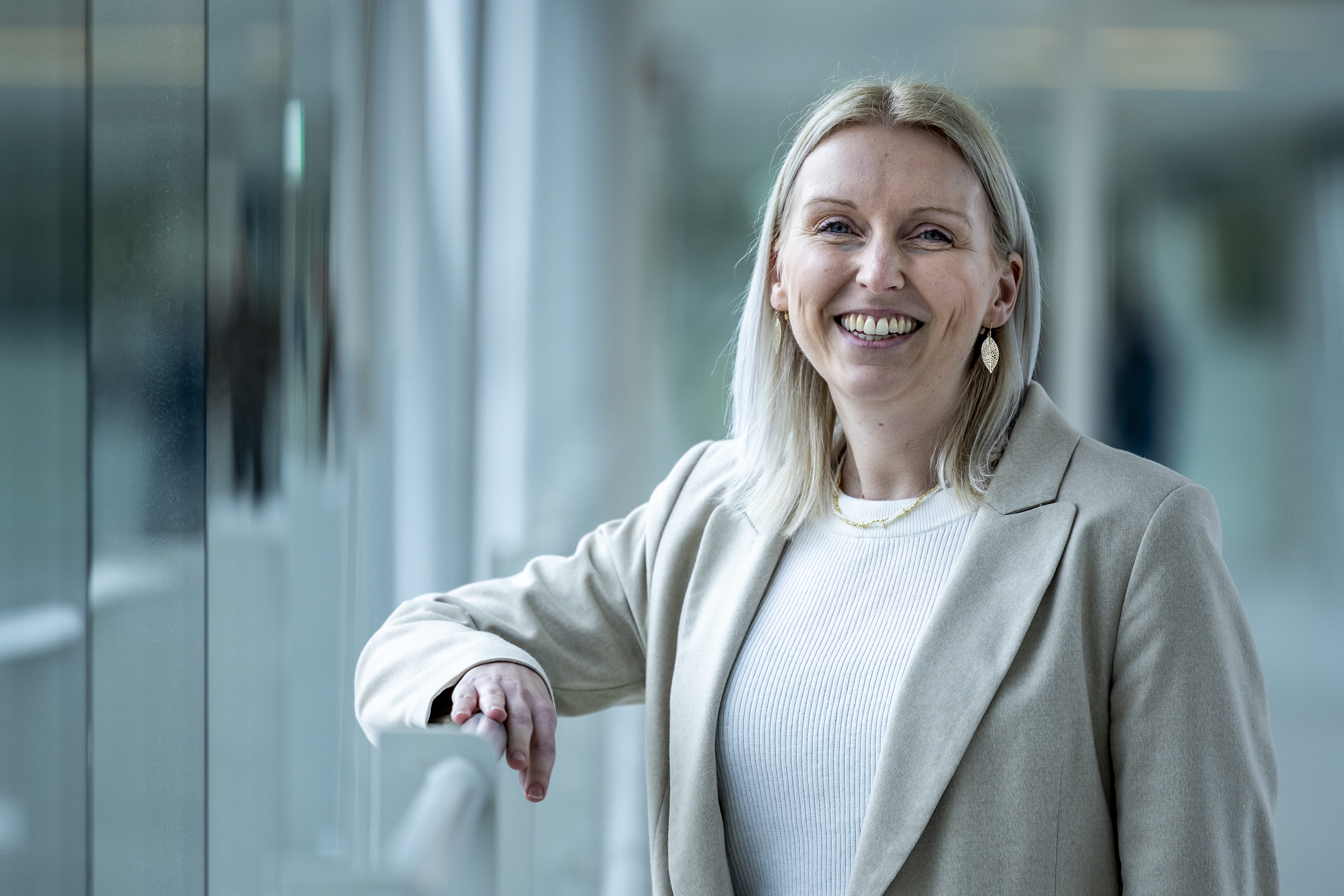
About Sencilia
- Founders: Amar M. Kamat and Ajay G.P. Kottapalli
- Founded in: 2021
- Employees: 2-10
- Money raised: -
- Ultimate goal: To automate and improve the accuracy of fluid balance measurements in critical care patients
The contemporary healthcare arena thrives at the crossroads of precision and urgency. Intravenous (IV) therapy is a quick and efficient way of administering drugs, nutrients, and other fluids into a patient’s bloodstream through veins. However,there are several risks attached to this method. Flow rate errors in IV infusions tend to occur much more frequently than expected. These instabilities or variations in the flow rate may result in the under or over-dosage of drugs and can cause neurodevelopmental disorders in babies and even death in extreme cases.
Sencilia, a Groningen-based start-up is developing an IV flow monitoring system with the aim of reducing these intravenous dosage errors and improving the accuracy of fluid balance. They are developing a sensor that is very small in size and can be very sensitive to extremely low flow rates characteristic of IV infusions in critical care.The sensors are easy to embed into existing infusion equipment without affecting existing clinical workflows.
In this installment of the start-up of the day series, Sencilia co-founder and Managing Director Amar M. Kamat tells us more about the technology.
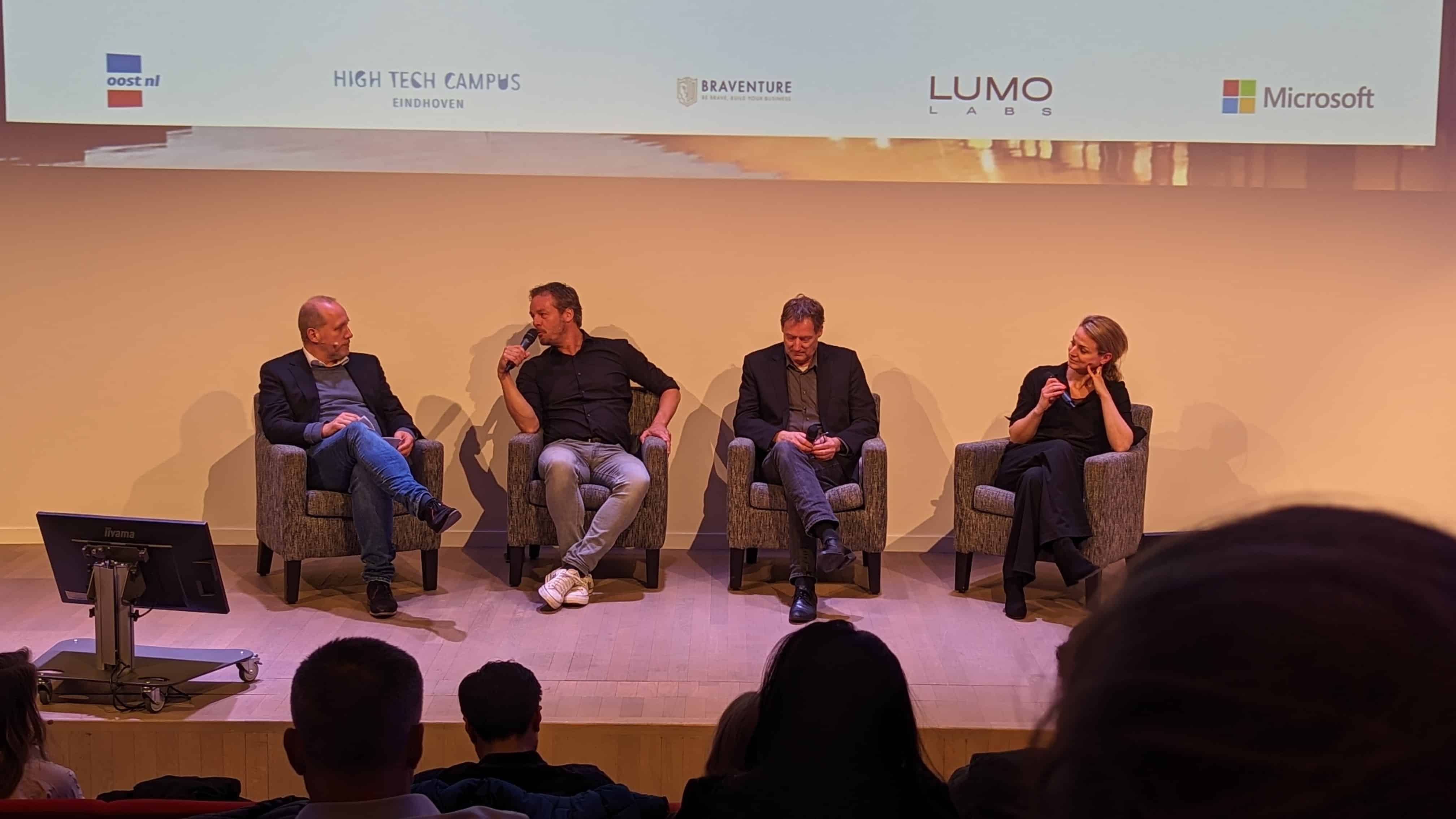
What exactly does Sencilia do?
“We are a MedTech startup company that was spun out from the University of Groningen. We have expertise in micro and nanofabrication and develop MEMS flow-sensing technology to address the problem of detecting flow instability, such as those in IV (intravenous) infusions. IV infusions are the primary means of administering drugs to patients, especially neonatal patients. We find that over 60% of IV infusions actually suffer from a flow rate error which means that more than half the time, the drug that is supposed to go at a certain dosage rate into the baby is actually going at a different rate than intended, so these instabilities or these variations or these errors can cause over or under dosage in these babies that can cause severe harm. It can cause serious clinical consequences such as neurodevelopmental impairments and even death.
We, at Sencilia, develop flow sensors using a technology that was developed in collaboration with the University of Groningen to solve these issues. Our sensors are very small and sensitive to the low flow rates characteristic of IV infusions, which means that we can embed these sensors into the existing infusion tubing. The idea is that whenever there is a flow error or flow discrepancy, we can alert the doctor or the nurse immediately.”
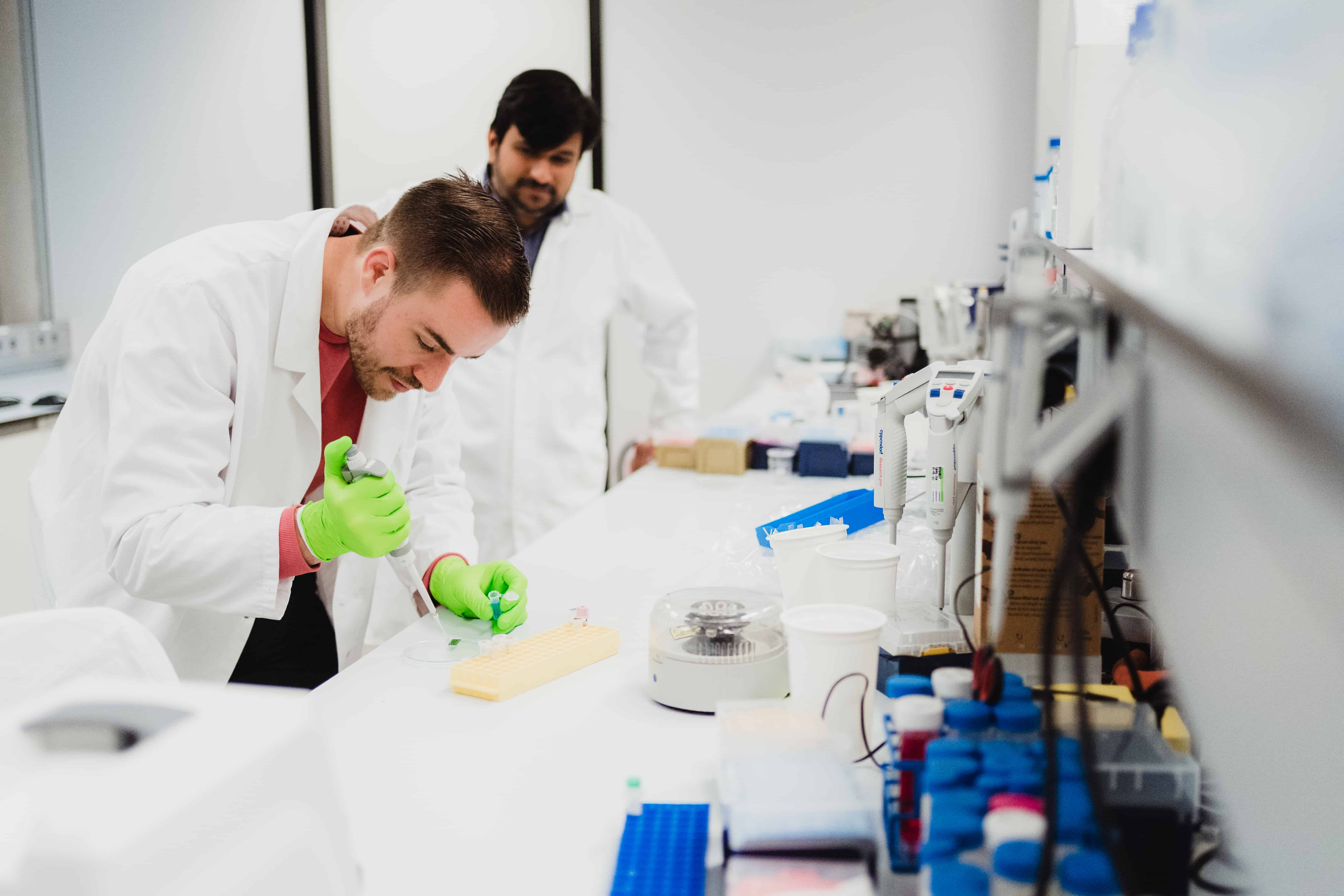
How did you come up with this idea?
“I was a postdoc in Prof. Dr. Ajay Kottapalli’s Bioinspired MEMS and Biomedical Devices (BMBD) group in Groningen, where I worked on the development of nature-inspired flow sensors with Ajay (scientific founder of Sencilia). These sensors are inspired by fish neuromasts or seal whiskers. So, Ajay and I talked to a lot of people at the University Medical Center Groningen (UMCG) regarding the clinical problems that we can address using these sensors. There, we found that problems pertaining to IV infusion and especially the flow variability in IV infusions kept coming up. We did a lot of literature review and talked to the important stakeholders including doctors, nurses IV infusion system manufacturers, hospital purchasing departments, etc. They all confirmed that flow rate error is a serious problem that needs a solution. Regulatory bodies such as the US Food and Drug Administration (FDA) have also stated that these flow variations are very harmful to babies and any kind of solution towards this would be beneficial.”
What other problems can be solved using these bio-sensors?
“Just in the medical line, we are targeting other applications as well, but that’s kind of in the far future. We can use this device for anything that requires flow measurements like mechanical ventilation, insulin delivery, or even urine output drainage monitoring. There are many applications within the biomedical domain. We can also target applications that are outside the domain. The sensors were originally designed by Ajay (during his doctoral and postdoctoral research at MIT) for the measurement of underwater flow. So, these sensors can be put on a submarine to measure underwater flows just as a seal does underwater or just as a fish does. These sensors can be used anywhere, where there is a need for a disposable, easy-to-use accurate low-cost sensor. These are a few places where we see us applying our sensors but right now our focus is on IV infusion.”
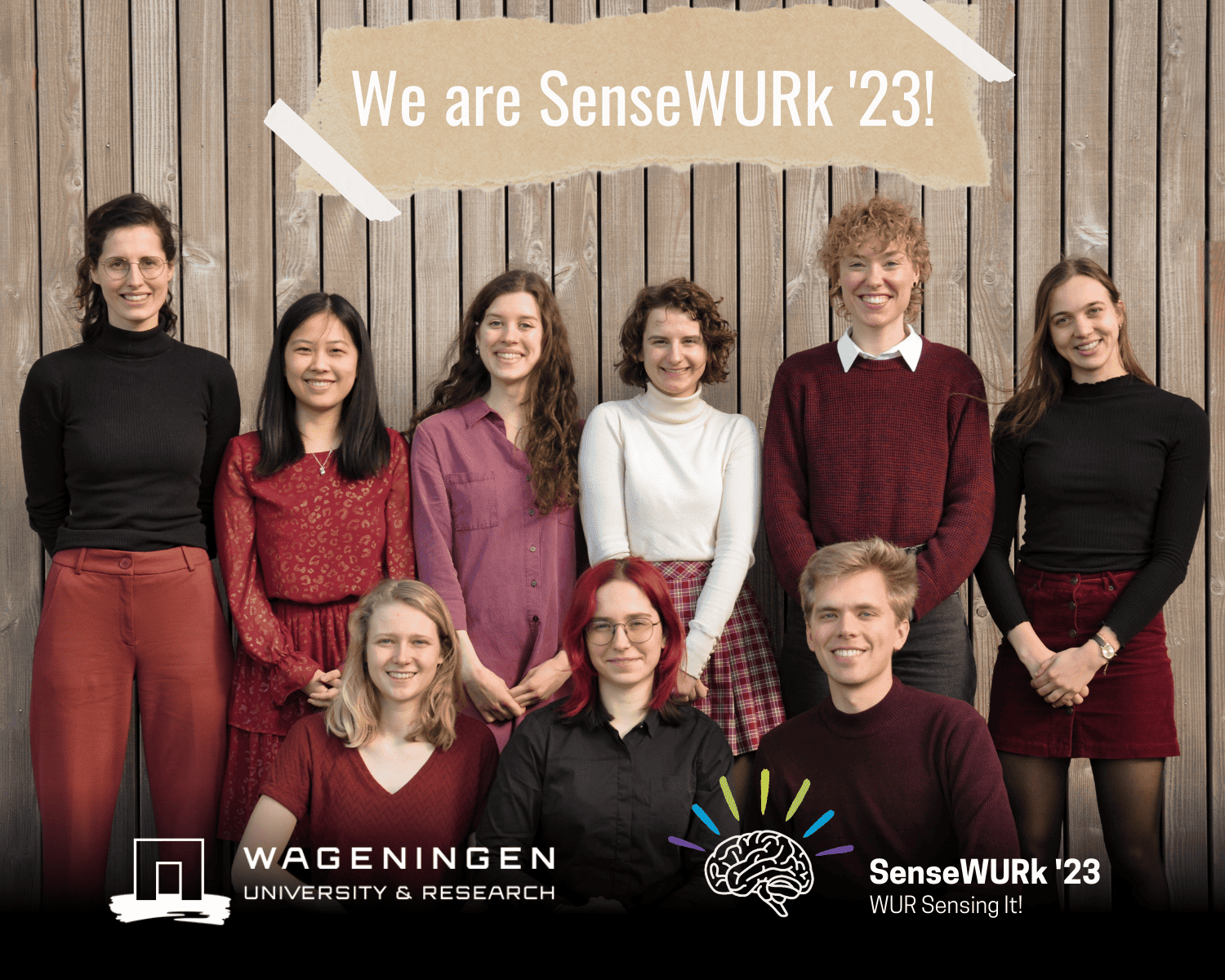
How far have you come with the product?
“We are in an early phase right now. We have already demonstrated the proof of concept in preclinical studies and are in the prototype iteration stage. Right now, we are preparing for our first-in-human study planned for early 2025. The plan is to test the sensors on real patients and get clinical data. Our team is doing a lot of technology development, and pre-clinical validation, as well as ramping up our quality and regulatory activities. We are also talking to a lot of doctors and nurses to get end-user insights. The idea is that we foresee us launching the product in early 2026.”
What are the challenges that you are facing?
“Well, I mean there are some challenges that are always common to all startups, especially with medical device startups. The regulatory process guided by medical device regulations (MDR) is quite lengthy in Europe. Getting your device certified in time has become quite challenging because the notified bodies are very busy. I think funding is always a challenge for all startups but especially for medical device startups because our time to market is so long and hardware/software startups like ours tend to be capital-intensive. We are always engaged in applying to subsidies/grants and talking to investors and so on.”
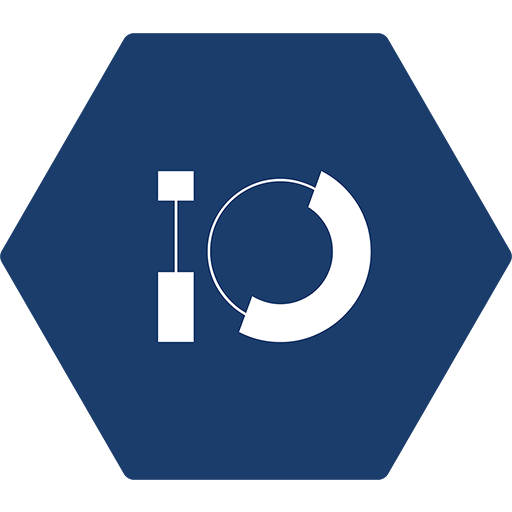
What’s the next step for Sencilia?
“Right now, we are actively working towards preparing for our first-in-human study, which is a very basic and initial clinical trial to gather some clinical data. We are also in the midst of raising our seed funding round. We won a couple of grants recently, from the Dutch Research Council and the European Regional Development Funds, which allow us to carry out our activities for now. We will also raise seed investment early next year to advance our technology readiness level (TRL) and progress on the technology, business, regulatory, and clinical aspects of our venture.”


